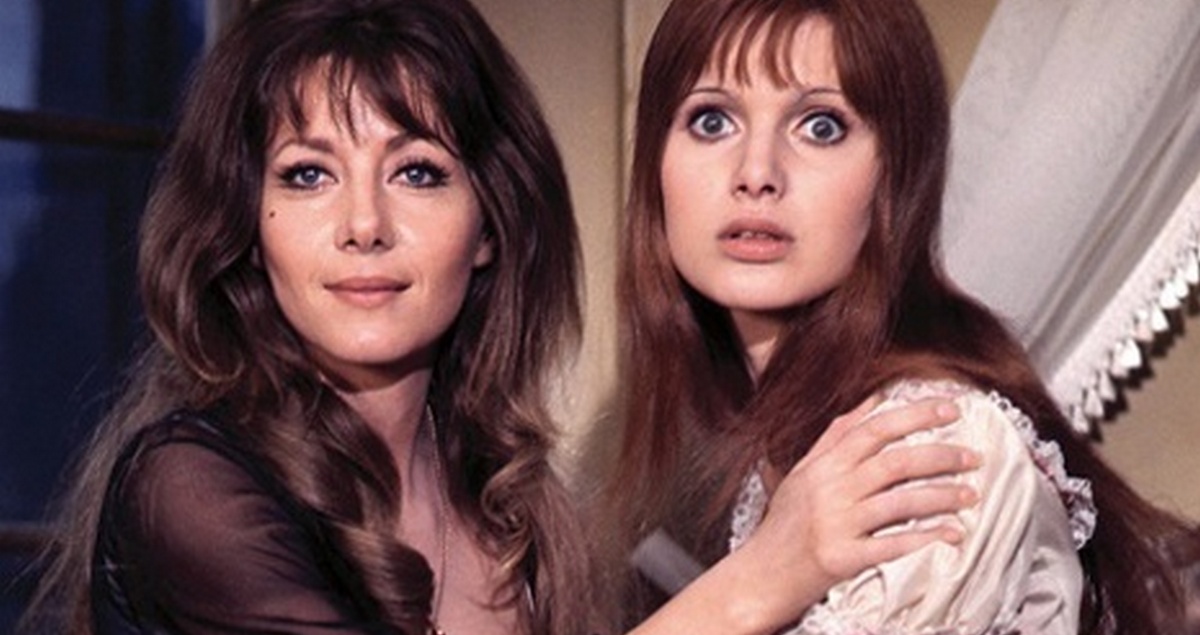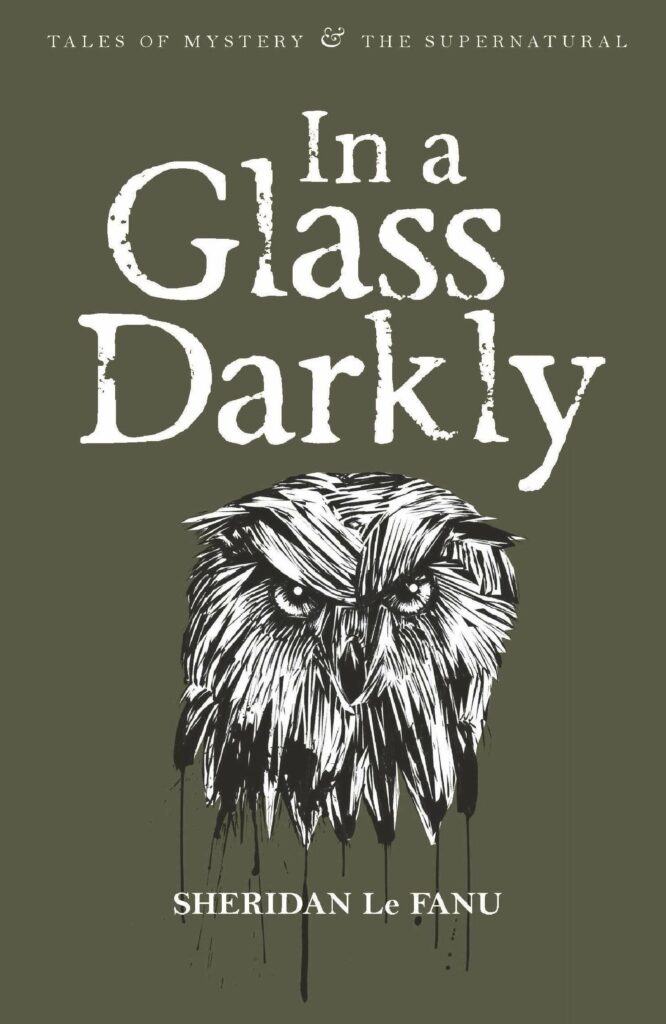
Sherdian LeFanu. A Deft Touch of the Macabre – Part Two
The final part of David Stuart Davies’ appreciation of Sheridan Le Fanu
The Stories (continued)
LeFanu wrote as many as ten ‘sensation novels’ in a similar melodramatic style to the work of Wilkie Collins and others in the late 1860s and early 1870s but In a Glass Darkly, published in 1872, featured what was probably his five most chilling horror stories. They were purportedly taken from the posthumous files of a German Dr Hesselius, who had an interest in psychic phenomena.
The most important story, from a literary point of view, is the novella Carmilla, which takes the story of vampires in English literature some stages further than had been done previously. The eponymous vampire is a woman who preys upon an innocent young maiden, thus introducing a lesbian element into the mix, and the setting is Styria. Eastern Europe became the location for many subsequent vampire stories, most famously Dracula (1897). Carmilla greatly influenced Bram Stoker: in the earliest manuscript of Dracula, the Count’s castle was located in Styria, although the setting was later changed to Transylvania. The descriptions of Carmilla and the character of Lucy in Dracula are similar and have become archetypes for the appearance of the waif-like victims who become seducers in vampire stories as being rosy-cheeked, slender, languid, and with large eyes, full lips and soft voices. Both women also sleepwalk. Stoker’s Dr Abraham Van Helsing is a direct literary descendant of LeFanu’s vampire expert Baron Vordenburg: both characters have expert arcane knowledge which allows them to investigate, confront and destroy vampires. Symbolically these two characters represent knowledge of the unknown and stability of mind in the onslaught of chaos and death.
Although LeFanu portrays his vampire’s sexuality with the circumspection that one would expect for his time, it is evident that lesbian attraction is the main dynamic between Carmilla and the narrator of the story:
‘Sometimes after an hour of apathy, my strange and beautiful companion would take my hand and hold it with a fond pressure, renewed again and again; blushing softly, gazing in my face with languid and burning eyes, and breathing so fast that her dress rose and fell with the tumultuous respiration. It was like the ardour of a lover; it embarrassed me; it was hateful and yet overpowering, and with gloating eyes, she drew me to her, and her hot lips travelled along my cheek in kisses; and she would whisper, almost in sobs, ‘You are mine, you shall be mine, and you and I are one for ever’. (Carmilla, Chapter 4).
There have been many film and television adaptations of this novel including the Hammer Films version, The Vampire Lovers (1971), with Ingrid Pitt in the role of Carmilla. There is even a Web series on YouTube starring Natasha Negovanlis as Carmilla and Elise Bauman as Laura. It is a comedic, modern adaptation of the novella which takes place in a university, where both girls are students. After Laura’s first roommate mysteriously disappears, Carmilla moves in and takes her place.
‘Green Tea’ is perhaps the other most famous story featured in the collection In a Glass Darkly. This tale concerns an English clergyman named Jennings who confides to Hesselius that he is being followed by a demon in the form of an ethereal monkey, invisible to everyone else, which is trying to invade his mind and destroy his life. Hesselius writes letters to a Dutch colleague about the victim’s condition, which gets steadily worse with time as the creature’s powers grow, all of which are purely psychological. The title refers to Hesselius’s belief that green tea was what unsealed Jennings’s ‘inner eye’ and led to the haunting. In its bare outline, this story is mysterious enough, but when one tries to fathom just why poor Jennings is the victim here, it becomes even more so. Part of the horror is that the author never explains why a leering, malignant, black monkey with a red aura should appear to such a decent man.
The theme of persecuting hallucinations is also found in ‘The Watcher’ from In a Glass Darkly. This is a revised version of a story LeFanu published in 1851 with the same name. It tells of a sea captain, living in Dublin, who is stalked by ‘The Watcher’, a strange dwarf who resembles a person from his past. Then he begins to hear accusatory voices all around him, and eventually, his fears solidify in the form of a sinister bird, a pet owl owned by his fiancée, Miss Montague.
‘Mr Justice Harbottle’ is another revised tale originally titled ‘An Account of Some Strange Disturbances in Aungier Street’ (1853), but it was made much darker in the retelling. A cruel judge in the Court of Common Pleas, Elijah Harbottle, finds himself under attack by vengeful spirits, and in a disturbing dream, he is condemned to death by a monstrous doppelgänger. The story is set between 1746 and 1748 and is retold by a Londoner called Anthony Harman from the account given in letters by an elderly friend.
‘The Room in the Dragon Volant’, the final entry in this collection, is not a ghost story but a notable mystery tale told in 26 chapters. It is perhaps the least well-known of the stories but thought by many of the aficionados to be the best one from In a Glass Darkly. It includes the theme of premature burial, obviously influenced by John Galt’s Buried Alive (1821) and Edgar Allan Poe’s ‘The Premature Burial’ (1844). Richard Beckett, a naïve young Englishman in France attempts to save a mysterious countess from her intolerable situation. Beckett is almost a comic character and his simplicity contrasts effectively with the dark deeds with which he becomes involved. This tale is a perfect example of the point that M.R. James made about LeFanu that ‘Nobody sets the scene better than he; nobody touches in the effective detail more deftly.’
Sheridan LeFanu certainly deserves greater recognition for adding quality, originality and genuine chills to the macabre fiction of the Victorian age.
Books associated with this article

In a Glass Darkly
Sheridan Le Fanu
